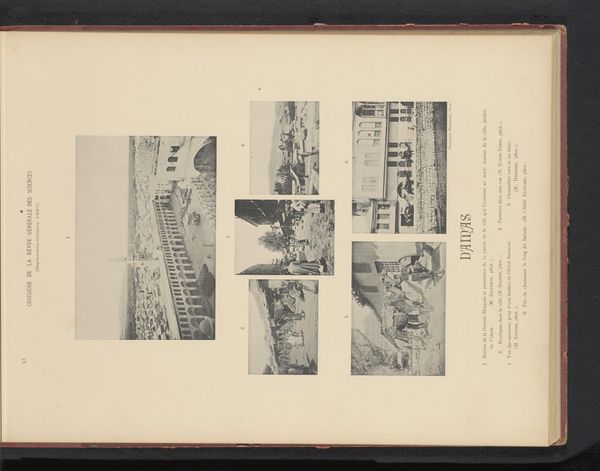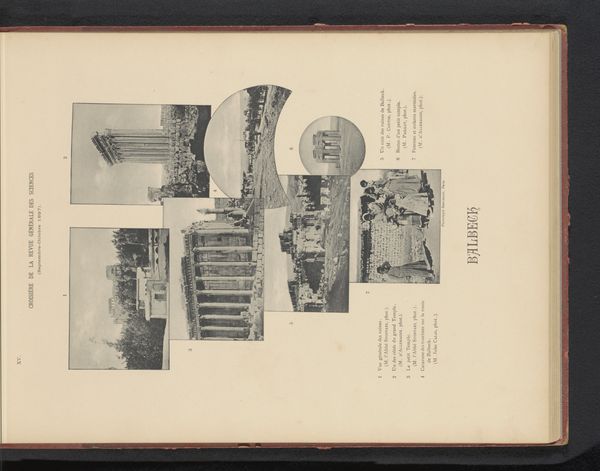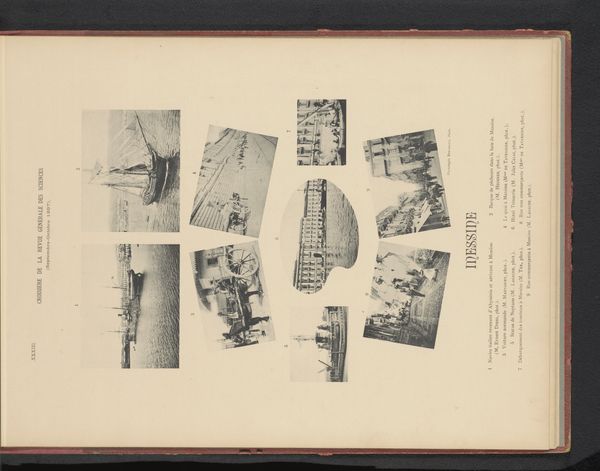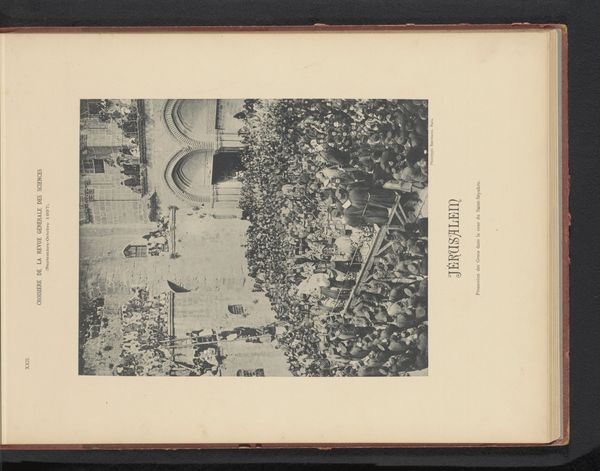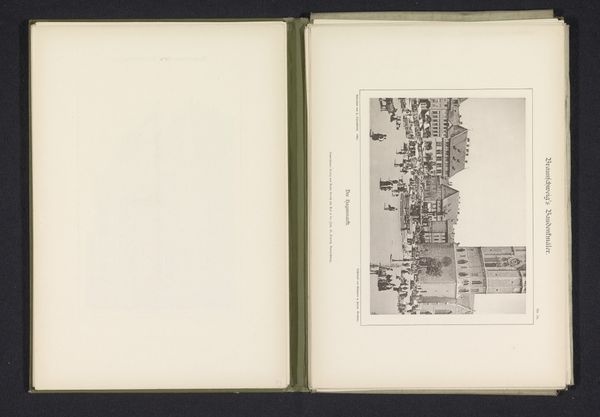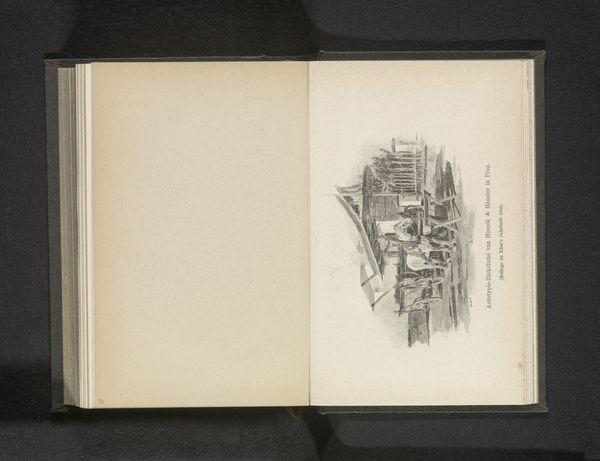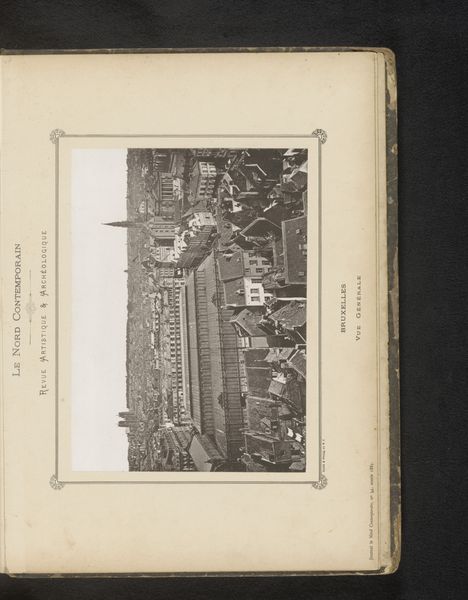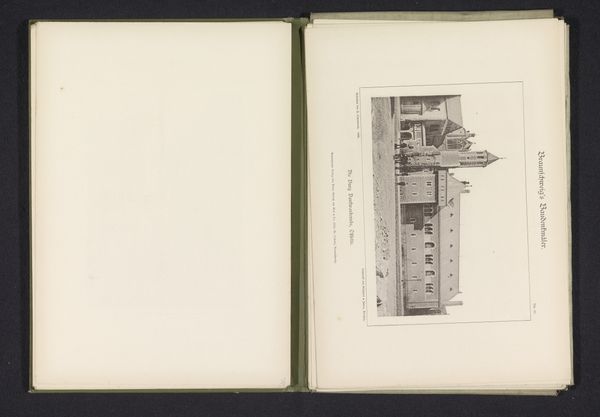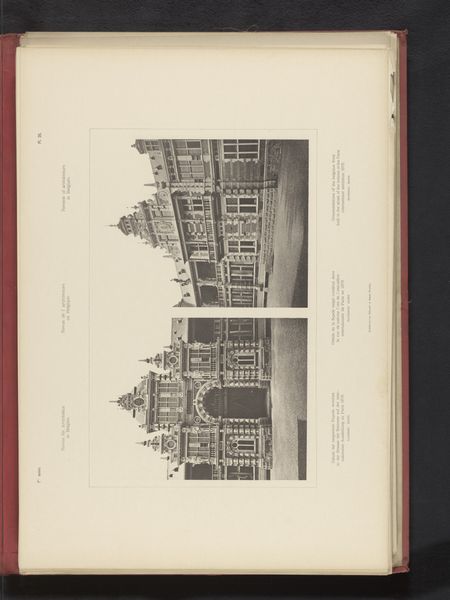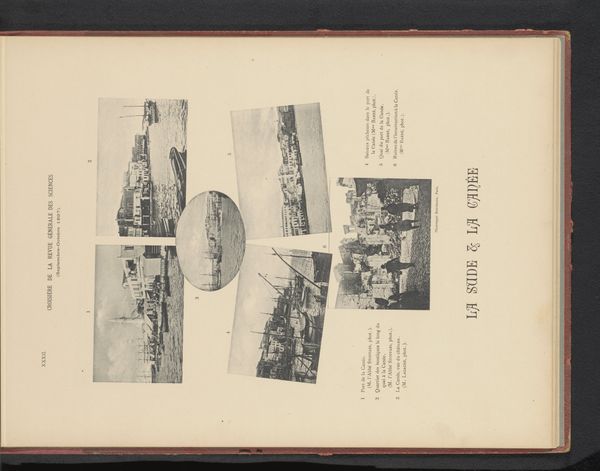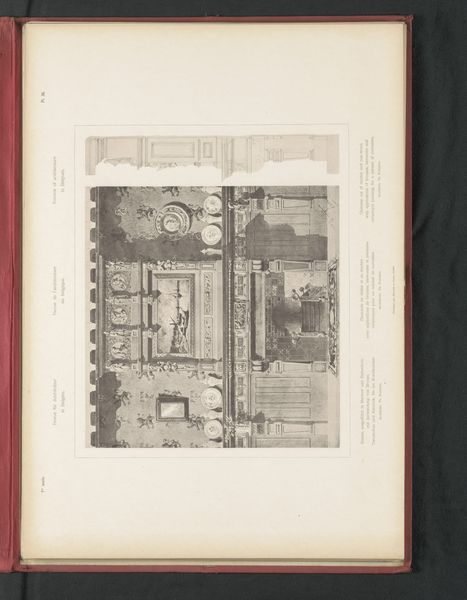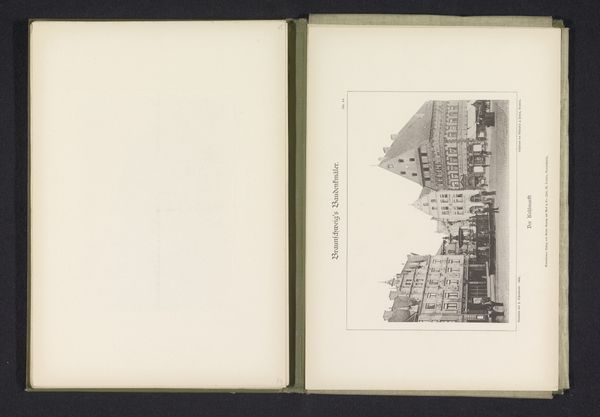
print, photography
# print
#
landscape
#
photography
#
orientalism
#
history-painting
Dimensions: height 355 mm, width 293 mm
Copyright: Rijks Museum: Open Domain
Curator: Let's turn our attention to this compelling printed work titled, “Vijf gezichten op Baalbek, Libanon,” which translates to “Five Views of Baalbek, Lebanon." The print is composed of photographs of the historic site and likely dates from before 1898. Editor: It gives me such a feeling of faded grandeur. The crumbling stone and the stark black-and-white photography amplify the sense of the passage of time, of civilizations rising and falling. There is also a very academic, detached, almost archaeological, feel about it. Curator: That's precisely what strikes me too. These aren't romantic paintings but photographic documentations presented within a larger historical context. You know, the late 19th century saw a surge of Western interest in the "Orient," a concept constructed as much by Western imagination as by reality. Baalbek, with its Roman ruins, held a particular allure. It presented concrete visual evidence to support Western narratives of their own civilization being rooted in classical antiquity. Editor: And by photographing it, these places could be ‘claimed’, documented, and possessed. Were these ruins already being presented as a backdrop for colonial fantasies and imperial agendas? Curator: Undoubtedly. These kinds of visual documents reinforced colonial narratives, where the "West" went in search of what they saw as a romanticised image of the ancient classical period to then return ‘home’ with an objective vision. It subtly affirms a perceived superiority and historical entitlement. Notice the print medium here. A photograph might imply objectivity, but by embedding it within a printed format like this suggests a claim of knowledge or an effort to package the image, give it structure. Editor: You're right. I am curious about that objective gaze too, almost like a scientific dissection through image, presenting details devoid of warmth or immediate emotion, very controlled in what's chosen to be presented. What purpose would something like this serve back then? Curator: Publications featuring images like these would appeal to a learned, probably affluent, Western audience with an interest in history, architecture, and the "exotic." These are likely travelers' guides, geographical studies, or maybe part of efforts to survey the regions being colonised at this time, solidifying this era and its cultural values as part of our visual language. Editor: Seeing it through that lens adds layers of complexity to what initially struck me as just melancholic imagery. Curator: It becomes a reminder that images are rarely neutral, that cultural assumptions shape not just artistic expression but how entire societies interpret the world around them. Editor: A sobering but necessary reminder. Thank you.
Comments
No comments
Be the first to comment and join the conversation on the ultimate creative platform.
